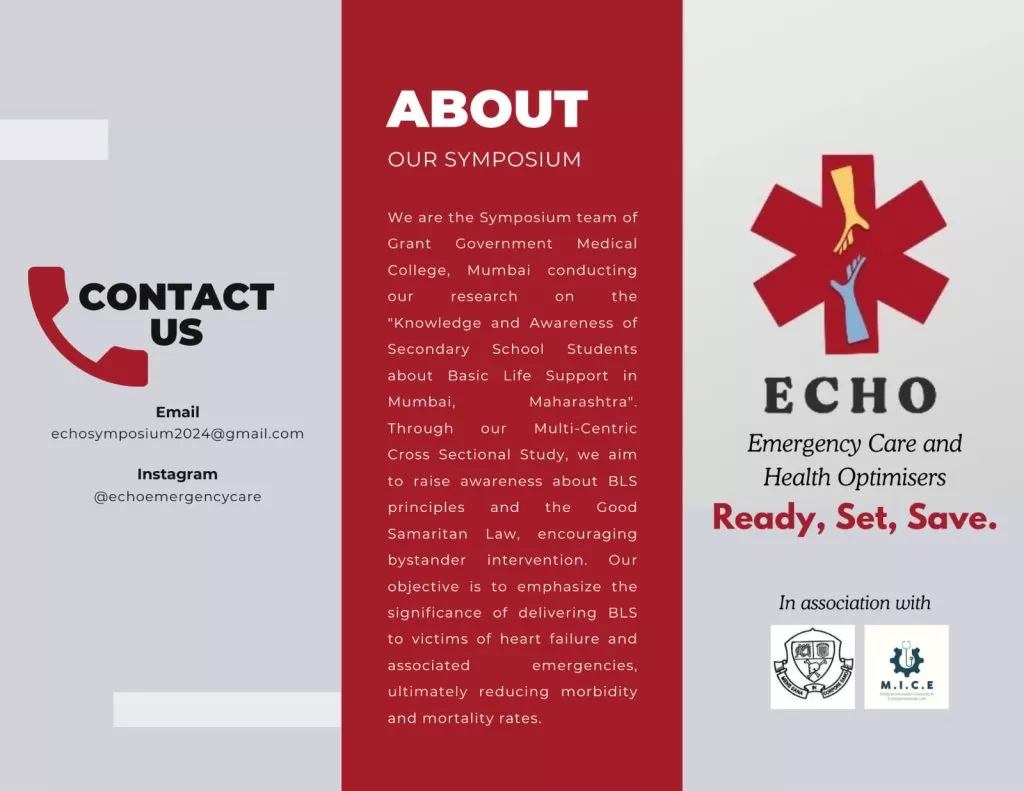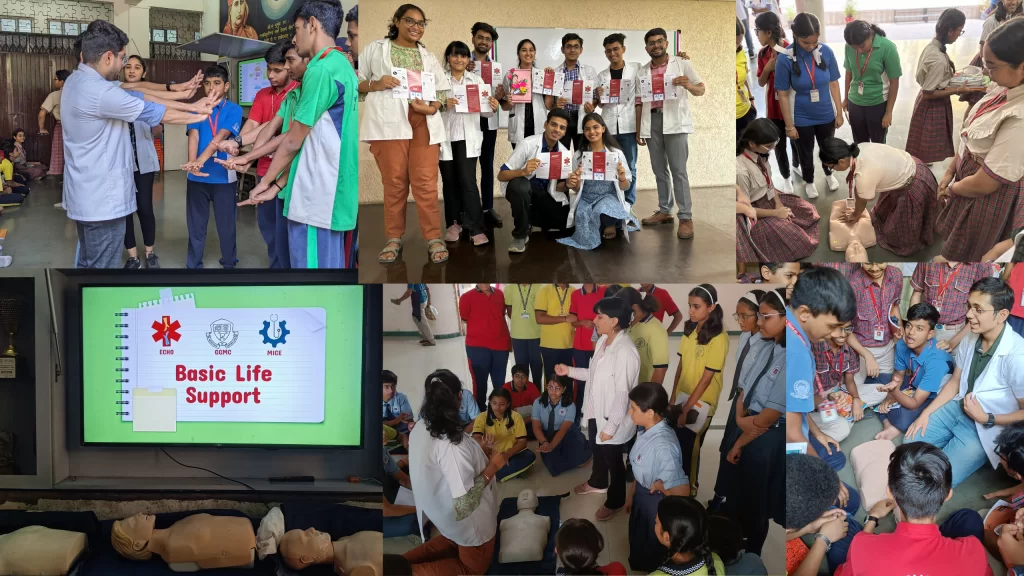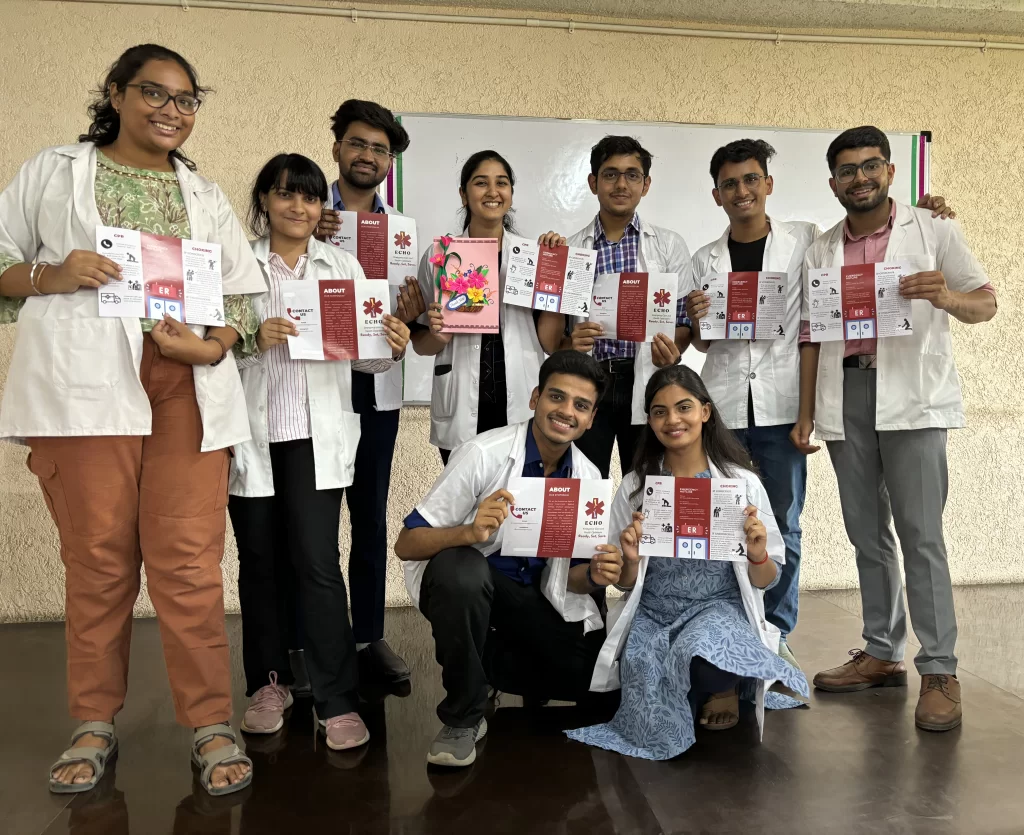Medical symposiums are gatherings or conferences organized to discuss and disseminate knowledge on various medical topics, research findings, and advancements in healthcare. These events bring together healthcare professionals, researchers, educators, students, and industry experts to exchange ideas, share best practices, and collaborate on innovative solutions to challenges in the field of medicine.
For medical students, attending medical symposiums offers numerous benefits that contribute to their academic and professional development:
- Learning Opportunities: Medical symposiums provide students with access to cutting-edge research, clinical practices, and emerging trends in healthcare. Through keynote presentations, workshops, and panel discussions, students gain valuable insights into different medical specialties, procedures, and treatment modalities.
- Networking Opportunities: Symposiums offer students the chance to interact with renowned experts, faculty members, and peers from across the globe. These networking opportunities allow students to establish professional connections, seek mentorship, and explore potential research collaborations or career opportunities.
- Professional Development: Attending symposiums helps students develop essential skills such as communication, presentation, and teamwork. Students may have the opportunity to present their research findings, participate in case discussions, or engage in debates, enhancing their confidence and professional competence.
The students of Grant Government Medical College and Sir J.J Hospital, Mumbai, Maharashtra have always participated in such thought-provoking events focused on various areas of medicine and taking this legacy forward the students of 2nd year and 3rd year of GGMC choose the area of community service with a focus on CPR i.e Cardiopulmonary Resuscitation. CPR, or cardiopulmonary resuscitation, is a life-saving technique performed in emergencies when someone’s heartbeat or breathing has stopped. It involves a combination of chest compressions and rescue breaths to maintain blood circulation and oxygenation until medical help arrives. CPR can significantly increase the chances of survival following cardiac arrest, drowning, or other medical emergencies. Teaching CPR to children is not only about equipping them with a life-saving skill but also instilling in them a sense of responsibility, empathy, and readiness to act in emergency situations. While it may seem daunting to introduce such concepts to young minds, the benefits far outweigh any initial challenges. CPR education for kids not only empowers them to respond effectively in critical situations but also cultivates a culture of compassion and preparedness from an early age. Thus to promote this noble cause and to nurture a generation of caring individuals who are capable of making a difference in their communities and beyond they formed ECHO – Emergency Care and Health Optimizers with a vision to optimize emergency care and promote pre-hospital care.

They embarked on this journey firstly by getting themselves trained in Basic Lifesaving Skills (BLS) techniques by our mentors Dr. Girish Bakhshi and Zeenal Punamiya, who are American Heart Health Association (AHA) certified instructors for BLS and Advanced Cardiac Life Support (ACLS) in association with Medical Innovation Creativity and Entrepreneurship (M.I.C.E) Labs.
“Knowledge grows exponentially when it is shared”. With this vision, team ECHO visited two schools namely D.A.V. Public School and New Horizon Scholars School both situated in Thane, Maharashtra. The approach was comprehensive and engaging, blending theoretical knowledge with practical skills. The session began with an informative segment, where students learned about the importance of CPR, its role in saving lives, and the step-by-step procedure for performing chest compressions and rescue breaths. Clear and concise explanations helped demystify the process, making it accessible to young learners. Following the theoretical session, students transitioned to the hands-on component, where they had the opportunity to apply what they had learned in a simulated scenario. Under the guidance of trained instructors, students practiced chest compressions on mannequins, honing their technique and building confidence in their ability to respond effectively during emergencies. By the end of the session, all students had completed the training, equipped with the knowledge and skills to perform CPR when faced with a real-life situation.


